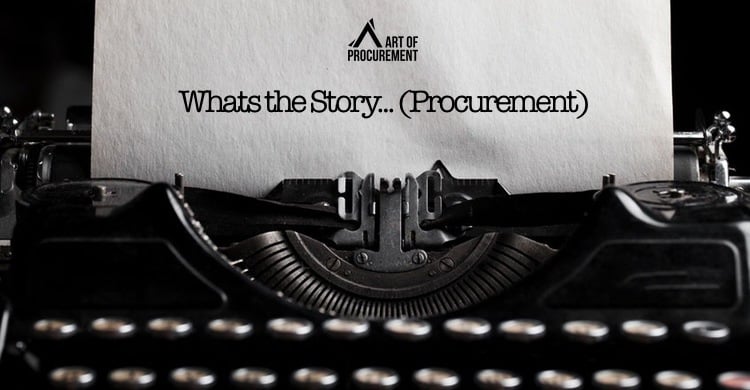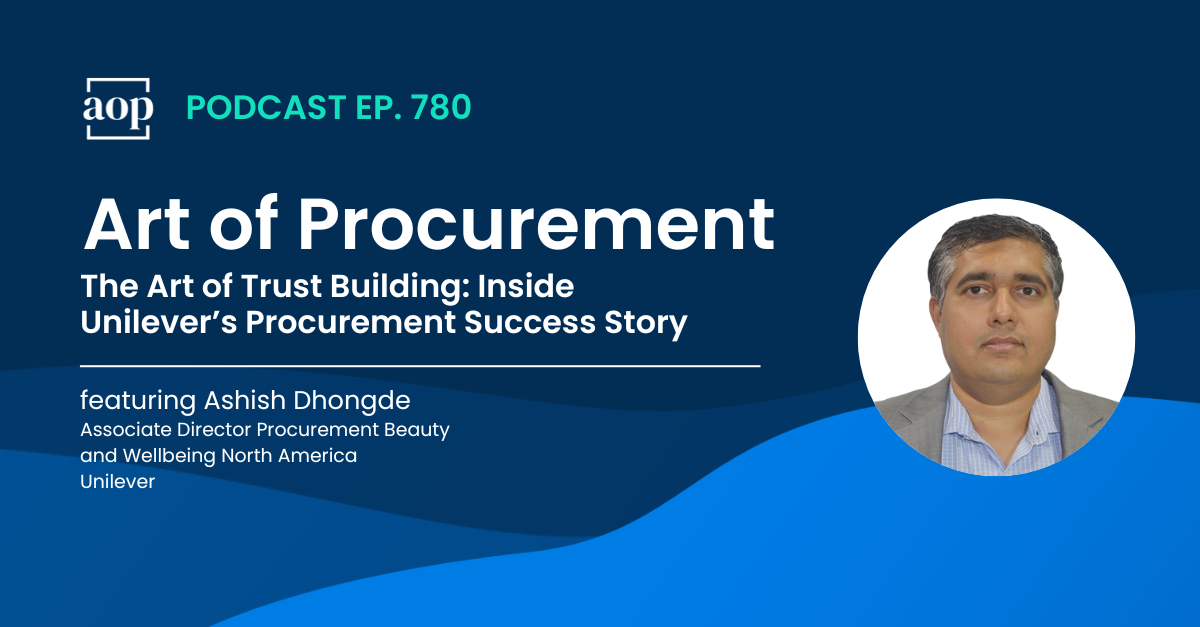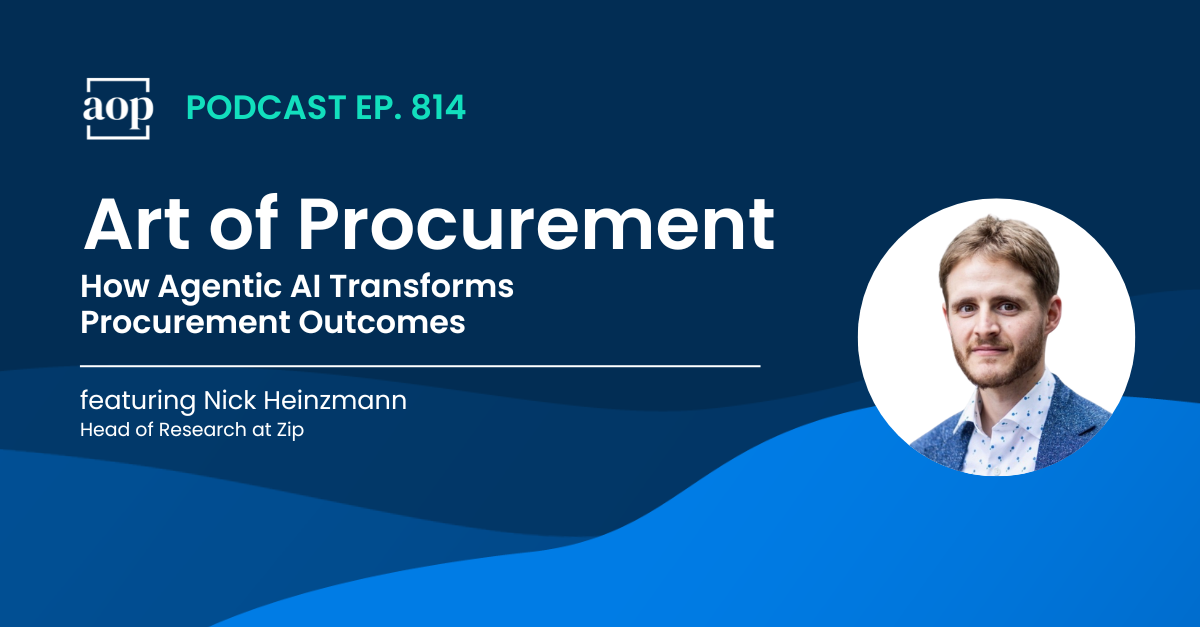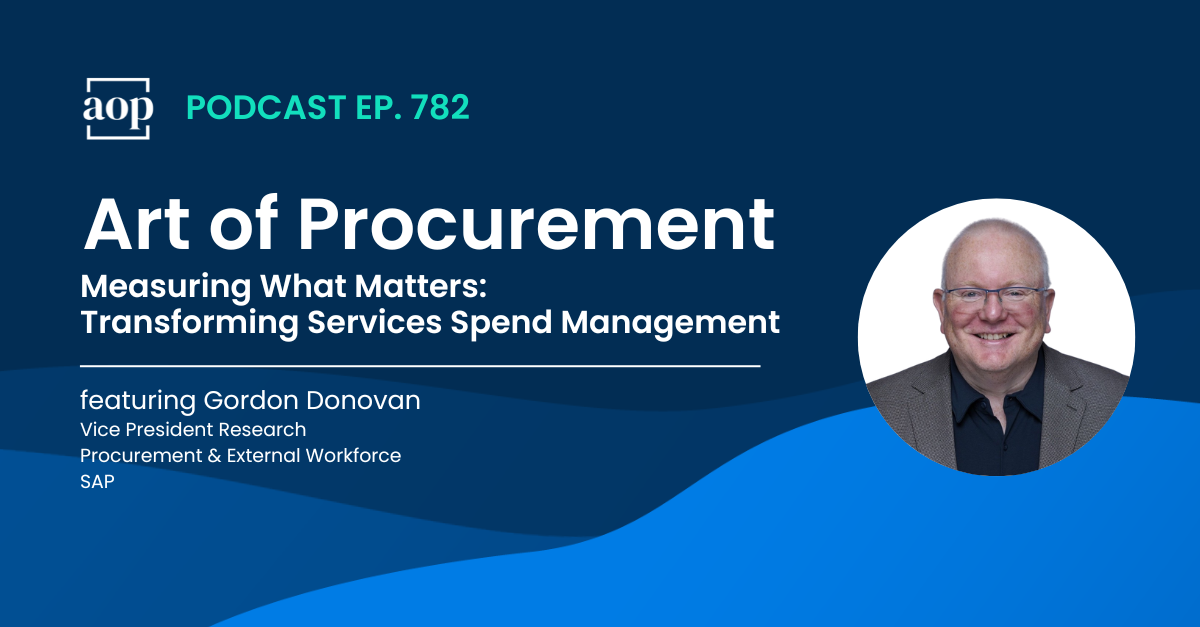
In December of 2015 I attended the Think Tank procurement conference. At the event we heard from a range of people who made a deep impression on me and, judging by the positive reviews, most of the attendees. One of these presenters was Ben Tamblyn, Chief Storyteller for Microsoft Corporate Communications. What a title!
Ben’s presentation centered on one of the methods of communication used by Microsoft, using stories rather than explicit advertising. It was a really enjoyable presentation and reiterated to me the importance of stories as a method of delivering messages.
Fast forward twelve months and I have just finished a great book: Think like a freak, by Steven D. Levitt and Stephen J. Dubner, the people who brought us Freakonomics. There were many memorable and inspiring parts including incentives, failing quickly (pre mortems – look it up!), and how to set the world hot dog eating record!
One of the areas that resonated most – and brought back to mind the Think Tank conference – was the section on impactful communication, part of how they addressed persuasion in the book. I have written several articles about influence, and a key trait of top influencers is their ability to use persuasion.
Levitt and Dubner wrote about “why you should tell stories”. First things first: what is a story? A story differs from an anecdote by using data or statistics (Proof – Who knew….!) to portray a sense of what happens. Stories should allow the listener to imagine themselves in the circumstances described so that their imagination is captured and they are transported into a different place.
Using a story to sell a concept or an idea and employing Stephen Covey’s second Habit of Highly Successful People (begin with the end in mind) will allow the listener to connect with the salient points from the story and imagine how to apply it for themselves.
Think Like a Freak goes on to remind us that stories are a better way to recall facts than rote memorization, as the story gives context to what the facts represent. This is a powerful tool and one that procurement professionals can utilise when we are planning our communications with stakeholders about a specific strategy or trying to build deeper relationships with suppliers.
So how do we begin to create these stories? There are few articles that comment on the need for storytelling or the narrative creation process. The following two speak directly to how to be effective in this mode of communication.
The first is from CEB. Unleashing the Power of a Corporate Narrative provides us with some interesting insights that we can leverage in the creation of our stories:
- Keep it Simple.
It can be tempting to include a range of compelling information in a story, but simpler narratives are more usable. It’s a balancing act: you need to include the minimum amount of information to connect with diverse listeners, but you also need to avoid loading the narrative with detail that becomes hard to digest and remember.
- Ensure flexibility
The story or narrative must have multiple uses and be suitable in different contexts, which brings us to the third point.
- Fit for the listener
If we don’t talk in the language (and mode) of the listener then the story will lack resonance.
The second article, Storying Corporate Futures by Robbie Davis-Floyd, Ph.D., is one that I discovered some time ago and recently came across again. It is about the way that Shell’s future planning scenarios are storied. The article takes us on a journey, showing how scenarios become stories and the need they address as they provide context to Shell’s planners. There is a transcript of the interview contained in the article, and I highly recommend both the article and the need to scenario plan.
Whilst designing programs or briefings, I use a method called storyboarding. I see this an essential tool for procurement professionals as it allows us to consider the flow of the messages we want to impart. It’s not just a training tool; this is something that we can use as practitioners every day.
A storyboard is a sketch of how to organize a message/event/story and a list of its contents. A storyboard helps you:
- Define the parameters of what your messages are within the available resources and time
- Organize and focus those messages
- Figure out what medium to use for each part of the message
I find storyboarding an essential tool to ensure that the flow of my ideas and messages makes sense and that they are consistent with my overall objectives. There are a number of resources that we can leverage when taking this approach. From free storyboarding graphics packages, to the method that I use: an A3 (or 11×17) piece of paper divided into sections with messages, stories, or activities on post it notes that can be moved around. I have turned this into a template that I use when planning training sessions, which you can download here.
As procurement leaders and advocates, we are entrusted with furthering the development and understanding of our profession. Our stories are an essential element for delivering messages internally and externally. Considering what we want people to say about us or our team when they leave the room will allow us to purposefully drive our agenda. We can also use communication plans which have elements of a storyboard in them.
To quote Aaron Sorkin (a massive influencer for me), “the most powerful delivery system ever invented for an idea is a story.” And we are procurement’s storytellers.







